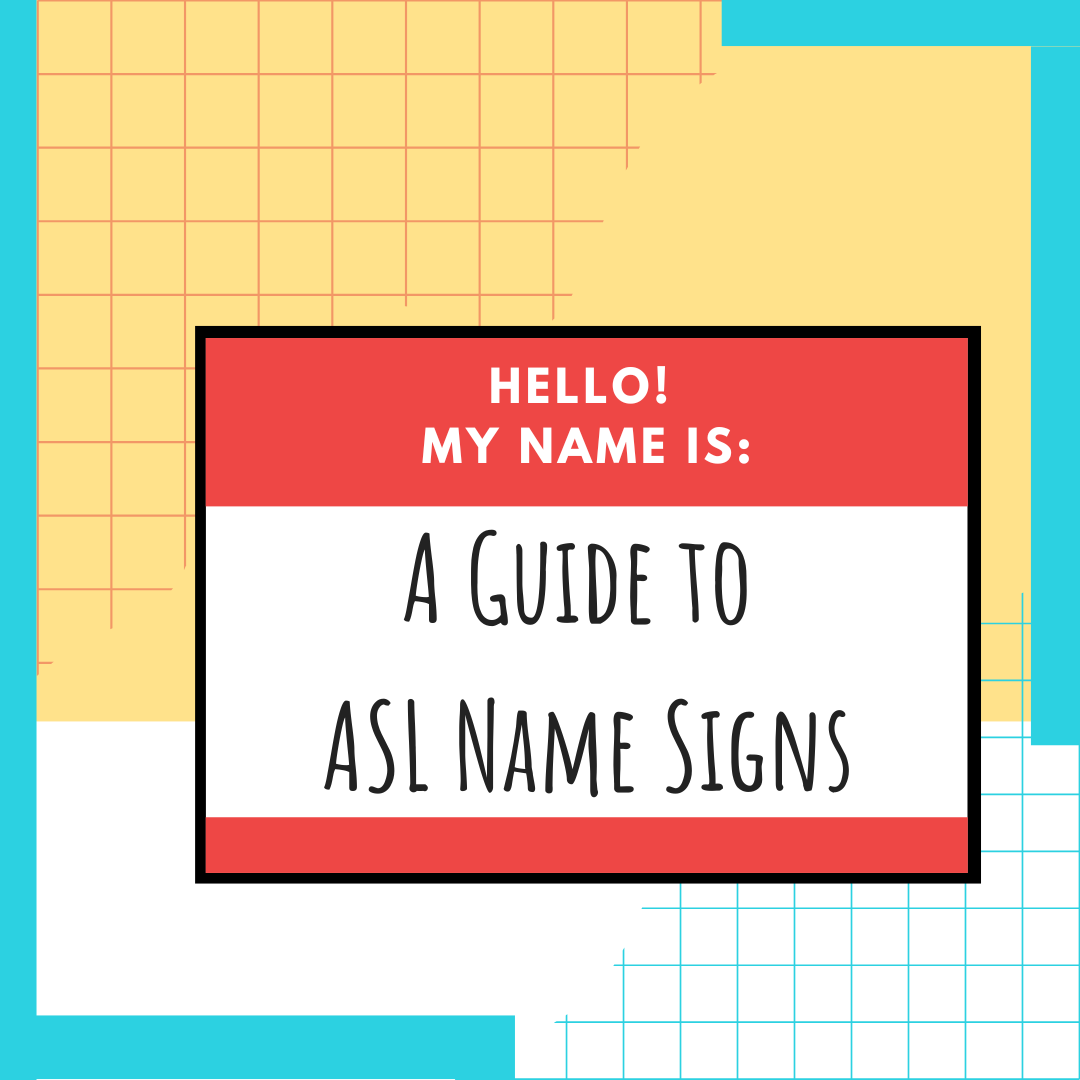
Laura Bridgman – The First Helen Keller
- by Michelle Jay
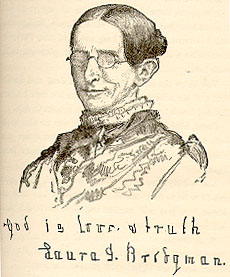
Laura Bridgman was the first deaf-blind person to learn language.
When you think about the first deaf-blind child to be educated, you will most likely think of Helen Keller. In reality, though, Helen’s frustrated teacher was not the first to attempt this type of education.
She was born on December 21, 1829 in Hanover, New Hampshire. When she was 2 years old, her family was struck with scarlet fever. The illness killed three of her siblings and left her blind and deaf without a sense of taste or smell.
As a child, she had no language.
Dr. Samuel Gridley Howe, the director of the Perkins School for the Blind, heard about Laura’s condition and was determined to educate her. In 1837, Laura began attending the school.
Dr. Howe had met Julia Brace at the American School for the Deaf. Julia was deaf-blind and communicated using tactile sign. Howe wanted to teach Bridgman how to read and write using the tactile method. To his knowledge, this method had not yet ever been attempted.
Howe and his assistant began with using raised letters and then progressed into the manual alphabet being used through tactile sign. He taught her words first, then letters.
Her education was successful. In 1839, Laura legibly wrote her name. Laura had her first lesson in arithmetic in 1840. She was like a daughter to Dr. Howe, and her success became a public interest. Others with her condition were brought to Dr. Howe in hopes for the same success.
In 1842, Charles Dickens met and wrote about Laura in his American Notes–talking about Dr. Howe’s success with her.
Special teachers were appointed to her in 1843. Laura was learning geography and astronomy. She was also given some religious instruction.
Despite her irritability and need for self-control lessons, Laura was a very happy and optimistic person. However, after the death of her older sister in 1860, Laura had a religious crisis and was received into the Baptist church. She was more self-conscious and quiet after her sister’s death.
Dr. Howe built cottages separate from the main Institution in 1872. Laura was moved from the larger house into one of the cottages. She led a quiet life there.
Dr. Howe died in 1876, which was devastating for Laura. However, Dr. Howe provided for her financially and made sure she would be able to live at the Institution for the remainder of her life.
Laura Bridgman died on May 24, 1889.
In the education of the deaf and blind, Laura’s story is historical.
Believe it or not, Kate Keller, Helen Keller’s mother originally hired Anne Sullivan, Helen’s well known teacher, after reading Charles Dickens’s account of Laura Bridgman. Sullivan had learned the manual alphabet from Laura Bridgman herself, which she used to educate Helen.
Laura Bridgman made the further education of the deaf and blind possible. It truly is amazing how one person can positively influence so many lives.
Laura Bridgman Articles by Students
Who is your favorite person from deaf history?
Laura Bridgman
by JoEllen Foster (Tyler, Texas USA)| March 8, 2013
Laura Bridgman is my favorite person from deaf history. She is my favorite person because she did something no one else had never done before her. She could not take information from former deaf-blind graduates. Laura had to figure out the best way to learn and study for someone who is blind and deaf.
Many deaf people rely on their sight when it comes to lip reading, and trying to figure out what someone who doesn’t know sign language is saying. A lot of blind people rely on their hearing. I was sitting in class one time, and a blind girl was in front of me listening to her ipod. Her ipod fell, and I got up to get it and she said, “You don’t have to get up I got it.” She bent down and got it like it was no big deal!! I asked her about it after class, and she told me that she has relied on her hearing so much, that she wouldn’t know what to do with her sight even if she got it back.
Laura Bridgman had nothing to rely on besides her touch and the people around her. She was a strong and amazing woman who does not receive nearly as much credit as she deserves.
Laura Bridgman and Helen Keller
by Marie Cunningham | March 28, 2016
For my favorite person from Deaf History, I choose both Laura Bridgman and Helen Keller. I admire both woman because at a time when learning to communicate was difficult for the Deaf, they learned to communicate and became educated. Back when these women accomplished these things it was not easy for woman in general, not to mention those who were deaf and blind.
Laura Bridgman was deaf-blind and the first to learn language. She was born on December 21, 1829. Think of how she had no one before her to learn from is amazing that she was able to do such a thing. So many of us take our site or hearing for granted and probably wouldn’t know what to do if we lost one of them or even both of them. Laura managed to learn a way to communicate without hearing or seeing, just using those around her, her sense of touch, and her intelligence. Laura learned language and even became educated with support from her teacher Dr. Samuel Gridley Howe. Laura Bridgman died on May 24, 1889.
Helen Keller‘s mother hired Anne Sullivan after reading a novel by Charles Dickens’s called “American Notes” which Charles spoke of when he met Laura Bridgman. Laura taught others the manuel alphabet she had learned from Dr. Howe and one of those people was Anne Sullivan.
Helen Keller is the most well-known deaf-blind person to learn language. She was born in 1880. Thanks to her parents who wanted to find a tutor willing to try to teach her because they truly believed she was capabble of learning. They found Anne Sullivan, who not only taught Helen the manuel alphabet but also taught her how to read Braille and type with a typewriter. She also learned to speak with Anne’s help. After learning to communicate Helen then became educated and was the first deaf-blind person to graduate from college. Helen Keller graduated college and she did it with Honors. She then became an activist and lectured all over the world for the majority of her life. She helped others by giving them hope. Helen Keller died in 1968.
Both of these women were obviously very strong women. So many today have benefited from what they taught us all is possible. Learning to communicate while not being able to hear and speak was very difficult at this time in history, but these two women managed to do just that and much more.
Laura Bridgman and Me
by Nicole Tucker (Manchester NH) | March 8, 2013
Laura Birdgman was born on December, 21, 1892 to a hard working farm family. At the age of two her and her family became very ill with Scarlet fever. This left her sightless, smell-less, and almost tasteless. Growing up she liked to mimic her mother and help her with house work, sewing and knitting.
Eleven weeks before her eleventh birthday Samual Howe Gridley, the first American educator to the blind, visited Laura and her family and convinced them to bring Laura to the Perkins school for the Blind. She studied there for years and by the age of twenty she returned home. When she got there she found that her family did not attend to her much so they decided to make her permanent home at the school. Living there she taught sewing and knitting courses. She had no patience for Shoddy work. She went home for the summer months but the School was her main home. She got sick and died peacefully at the school at the age of 68.
With me and my life there are several similarities but mine is much happier. When I was born I had a Stroke, which led me to having Cerebral Palsy at the age of four I was diagnosed with epilepsy. In Elementary school I had a 1 on 1 aid to help me out in the classroom. During that time I had therapy at UpReach Therapeutic Riding Center in Goffstown NH and there is where I felt at home. I was among people who liked me and respected me for who I was. I would go there once a week to ride a horse. There is where all my worries melted away. Between there and home is where I was most comfortable with family and friends who loved me and understood me.
Then I had stopped going there due to some medical difficulties. I would always think of the place and wish I was there. I went to school with the same problems. As the years went on the problems got worse between the school not giving me what I need and me not accepting the help. Up until around the age of sixteen, I would not accept the fact that there was anything wrong with me. So the years went on I still struggled with school and friends. Then High School came along BIG NIGHTMARE so ninth grade was my last year in public school. My mom decided to home school me which did wonders for my self esteem and I learned so much more than I did at public school. So I went to a technical school my Junior and senior year for the Culinary Arts and loved it, except for my Tourettes that had been slowly creeping up on me that although I loved to cook, the restaurant environment would not work for me. I did graduate with an A and no 1 on 1 aid.
After I graduated from high school I was wondering what I wanted to do with my life then my mom surprised me with signing me up to volunteer at UpReach Therapeutic Riding Center in Goffstown NH. Once again I was home and things were better then ever. I learned to care for the horses as well as help the other clients and volunteers. I also started to ride again. I have decided to dedicate my life too helping the horses and clients at UpReach Therapeutic Riding Center in Goffstown NH.
I also have joined a group called YEAH youth educating adults on healthcare and KASA kids as self advocates. I also got a job with New Hampshire Family Voices and the Epilepsy foundation as there Youth Coordinator.
So for the rest of my life I will work with the horses and clients at UpReach Therapeutic Riding Center in Goffstown NH because they keep me calm and I love them. I also will keep doing my self Advocacy work with the YEAH council KASA and New Hampshire Family Voices and the Epilepsy foundation as long as they will have me.
So to sum it all up I can relate to Laura in many ways. The reason I wanted to learn ASL is to better communicate with the people at the barn and with in my work and because it is fun!
Laura Bridgman – An Inspiration
by Jorie Pipes (Bloomington, CA) | March 22, 2013
Many people know of the life and achievements of a woman named Helen Keller who defied the odds that were stacked against her. She accomplished what the world viewed as impossible when she graduated from college with honors. Truly she must have been an incredible influence on the future lives of so many to follow in her footsteps.
However, what is often overlooked is the influence of another that played a major part in her success. The influence of a young girl who survived a debilitating illness at the age of two, that left her deaf, blind and without a sense of taste or smell. A girl named Laura Bridgman. Many are not aware of the connection between these two incredible women.
Laura Bridgman was one of the first deaf-blind children to receive a well rounded education in the English language. Under the instruction of Dr. Samuel Gridley Howe, director of Perkins Institute for the Blind, Laura began her education at the age of 12. Howe used a manual alphabet expressed through tactile sign, introducing words by placing slightly raised letters on various objects and allowing Bridgman to feel them. This eventually progressed into letter recognition by allowing her to arrange the raised letters into words she was familiar with.
In 1842, Charles Dickens wrote of Laura Bridgman and her accomplishments in his American Notes. This was later read by Kate Keller, the mother of Helen Keller. Inspired by Laura’s story, Kate hired a woman named Anne Sullivan to learn the manual alphabet from Bridgman, which she later would teach to Helen Keller. If it were not for the determination and incredible strength of Laura Bridgman, it is possible that Helen Keller may never have had the change to inspire so many with her great accomplishments.
Nothing is Impossible
by Lauren (Lake Wales, FL) | May 25, 2013
Wow! How amazing. I never knew much of anything about Deaf history, and it is so interesting. I knew the bare basics of Helen Keller from books and TV and that Gallaudet was a very special school. I also knew some about Heather Whitestone because my cousin, Angela Hunt, wrote a book with her years ago, but now I see I have so much more to learn.
After reading your history lesson, I think my favorite historical figure would have to be Laura Bridgman and how she was able to write her own name and read her lessons in geography, astronomy, and religion.
I have been a special education teacher for 10 years, and am in awe of Dr. Howe’s passion and perseverance. He must have been beyond elated with Laura’s success, proving that what others might have considered an impossible feat, is in fact an achievable goal. I can only begin to imagine his necessary dedication to the education and betterment of another person. To think that he was able to reach beyond what the world would believe possible for Laura, to touch her heart and give her the most wonderful gifts anyone could receive – education, knowledge, self-esteem, and friendship.
I love to discover links between people, places, or things, so when I read that Charles Dickens had written about Laura, I was surprised and impressed, but then to learn that the connection went even further down through Anne Sullivan, educated by Laura Bridgman, to Kate Keller choosing Anne to teach her precious daughter Helen – What an awesome story!
I suppose this short essay has become more about Dr. Howe and how he was able to change the lives of so many people who might otherwise have been left behind. If we had more teachers with just a mere fraction of his abilities, our education system and our children would be much better off.
Laura Dewey Bridgman
by Hannah | October 18, 2016
On December 21, 1829, in Hanover, New Hampshire, a beautiful baby Laura Dewey was born, and was the third child of Daniel and Harmony Bridgman, two New England farmers. At the age of 24 months Laura became very ill with scarlet fever, and in spite of losing all of her senses, expect touch, she later on accomplished educational goal most with all their senses didn’t in her era. Although she struggled to succeed as an adult, she continued to push through, and do the unexpected. Laura Dewey has taught me that there is no such thing as being over educated; even if sickness, hardships, and other people stand in your way, you can still continue to be made stronger, and accomplish what ever you set your mind to.
As a child Laura was very close to her mother. She helped with house chores and even enjoyed sewing and knitting. Mr. Tenney was a friend of the Bridgmans who had speech and writing that was almost incomprehensible. He helped her communicate, and understood how she felt more so than her family. Mr. Tenney and Laura where very close and Laura had great respect for him. I believe that Mr. Tenney had a large part in helping Laura adapt with her new way of living. Laura developed her own way of living, by creating hand gestures for certain basic needs. Her family knew her as sweet, and kind, but didn’t know how to handle her when she had her “fits” or seizures. She had always had a temper, as anyone would get frustrated by not being understood and not being able to understand others. Laura fits worsened with age, and made it difficult for her family to be around her. In 1837, Samuel Gridley heard about Laura, and was ready to take on the challenge of educating a Deafblind person. As Lauras family was at a loss of not knowing how to help her, they believed this was the best direction for her.
Laura began schooling at Perkins University in 1837, shortly before she turned eighteen. This sudden change in Lauras environment was startling, and took her around two weeks to adjust. During that time Howe, Lauras teacher, was debating what style of teaching he was going to approach Lauara with. He decided to teach her formal English because simply adding on to the signs she had made to communicate, would make it much more difficult to express her thoughts. He would present to her letters, that where risen for her touch. He then put those letters together into words, and began to label items. Howe also taught her to finger spell, which Laura liked a lot more than the risen letters. Laura places a large importance on socializing with others in Perkins school. She had a certain sound she made to identify every student she interacted with. When ever she passes a girl her own age, she hugs them and holds their hand. Her teachers, especially Howe, enjoyed seeing her flourish at Perkins, and couldn’t wait to see what the future held for her at the school. Her teachers then continued teaching her algebra, history, and more. During that time Laura became very close to Howe, she even lived with him and his sister. When Laura was thirteen he married and moved to Europe for two years, and she did not take it very well.During this difficult time in Lauras life she grew closer to God.
Even when Lauras schooling was over, she still continued to have an urge to learn. She spent her time enjoying her hobbies and practicing her religious values. A hobby Laura took up through her schooling was fashion. I assume she found all the different textures interesting, and how it was made. When ever she was introduced to a female she would inspect their dress and accessories. It probably helped her understand what the persons personality was like. She found unique ways to learn more about people. Laura enjoyed sewing and knitting, and her work was a reflection of her wonderful taste. When it came to religion, Howe instructed all of Lauras teachers to not answer any of her questions about the Bible, so that he could answer them all when he got back. All of her teachers respected Howes request, and left Laura infuriated. A group of evangelical believers visited Laura with out any of her teachers knowing and answered all of her questions. She then believed of the rest of her life in God, respecting, and obeying the information the group had told her. Howe was disappointed by this news, and distanced himself from her. When Laura turned twenty she went back to her family farm, and lived with them. While her family was busy tending to their farm, they had very little time to answer Lauras questions, and spend time with her. This began to affect Lauras health, so she moved back to Perkins. Laura was very happy to be back at Perkins, where she then lived out the rest her days. Even though Laura had technically finished her schooling, she continued to live her life safer to learn more.
Laura Dewey has taught me that there is no such thing as being over educated; even if sickness, hardships, and other people stand in your way, you can still continue to be made stronger, and accomplish what ever you set your mind to. Laura Dewey was an extraordinary women, who set a terrific example for anyone who is overcoming hardship. She did the impossible, and showed the deaf, and blind communities that they can do the same. She paved the way for those communities. Even though her schooling was difficult she continued to stay loving, kind, and eager to know more! I personally believe that she wouldn’t have been able to get through this with out God, because that is someone she had by her side through her whole journey. That alone, is beautiful in my eyes. The being that made her into the driven lady she was, was the one topic she was most interested in. This also shows me that Laura was respectful. Laura Dewey beloved in God, and she believed in herself.
Laura Bridgmn and Helen Keller
by Annaleise | March 23, 2013
I had to pick both Laura Bridgmn and Helen Keller because both are amazing women who did amazing things. Before Deaf Culture was actually recognized as something every Deaf person had difficulties being educated and accepted into society. However these lady’s found a way to be educated and to learn to communicate with the world even though they were Deaf and blind. Now anyone who can do that deserves credit it doesn’t mater if they were the first or second, every person after them deserves just as much credit. Both of these women achieved something that many people probably assumed impossible.
I first heard about Helen Keller in on of my mom’s old books. I thought she was amazing and I couldn’t even imagine how hard it would have been for her. So when I saw her name on this page I though well I already know shes my fav, but knowing that their is another lady who achieved something just as great I couldn’t help but include her name to!!
Laura Dewey Lynn Bridgman
by Coy McQueen | February 26, 2017
Laura Bridgman was born in 1829 in Hanover, New Hampshire and is famous for being the first deaf-blind child to get a formal education in America. In addition, Charles Dickens wrote about her achievement in American Notes and she was connected to Anne Sullivan, Helen Keller’s teacher. Bridgman contracted scarlet fever at the age of two that leaf her deaf and blind.
I picked Bridgman because she reminded me of our son, Sean. Sean is a 24-year-old male who was born in Zimbabwe. Sean was diagnosed with autism at an early age and is non-verbal. However, there was little or no help for him in Zimbabwe. Plus, the doctors told his mother he would never be able to be educated. Hence, no one tried.
After, marring Sean’s mother in 2015, Sean was granted a Humanitarian Parole to come to the United States to be with his parents. As part of the requirements for this class of visa, Sean is required to get help for his autism. However, as a legal alien in the United State, he does not qualify for any government assistance. Therefore, he relies for a lot, of his education, at home.
Bridgman was sent to the Perkins Institute for the Blind in Boston when she was eight years old. Here Dr. Samuel Gridley Howe did some experiments where he pasted words on different objects to see if Bridgman could learn from the raised letters to identify the objects. Using this method, Bridgman learned the alphabet and the 10 digits.
This is very similar in the way Sean’s new father went about trying to figure out how to see if Sean could learn sign language. Frist, we tried teaching Sean signs directly – using conventual methods. Then, like Howe we experimented and found Sean to be very visual, but he seemed to lack abstract thinking. He could not connect a picture of an object, to the object. So, we started out by teaching Sean to match objects on flash cards, then to the objects themselves. This was a breakthrough. Later, Sean was able to match letters, numbers, and colors. Next, we started matching ASL signs to the objects on flash cards and Sean learned quickly.
When Howe stared working with Bridgman, his progress was reported in journals in Europe that were read by many. This in turn lead to Charles Dickens visiting the Perkins Institute so that a greater population became informed of the possibilities for the deaf and the blind. In conclusion, I believe, like Bridgman, Sean has the ability to learn anything, given the opportunity, and some help as demonstrated by the hundreds of words he has learned to sign in the last 17 months.
Start Learning ASL Today!
 Ready to start learning real American Sign Language and not just basic signs? Do you want to be a part of the vibrant Deaf community? Check out our Free ASL 1 Course or our Complete 4-Level ASL Course options and start learning ASL today!
Ready to start learning real American Sign Language and not just basic signs? Do you want to be a part of the vibrant Deaf community? Check out our Free ASL 1 Course or our Complete 4-Level ASL Course options and start learning ASL today!

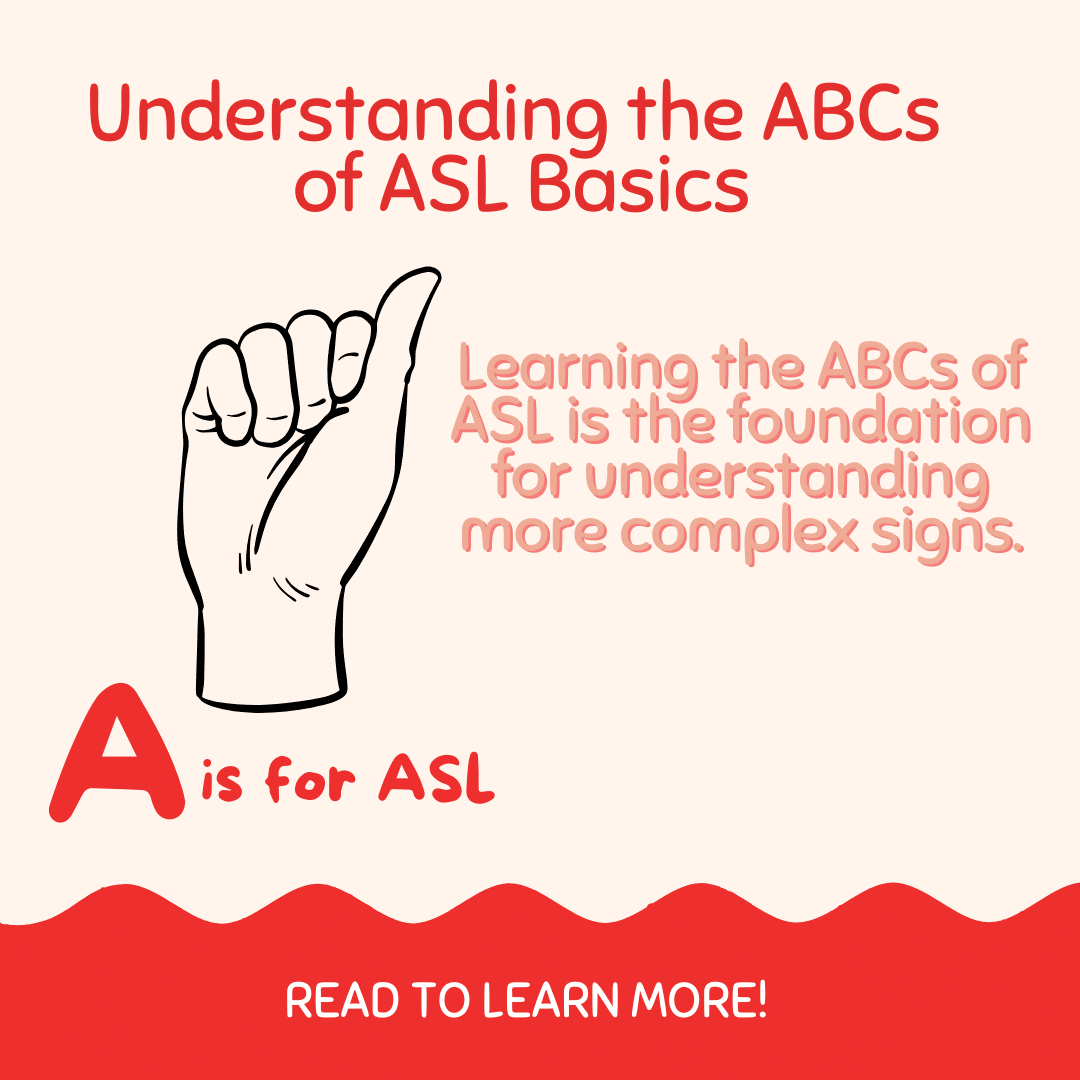
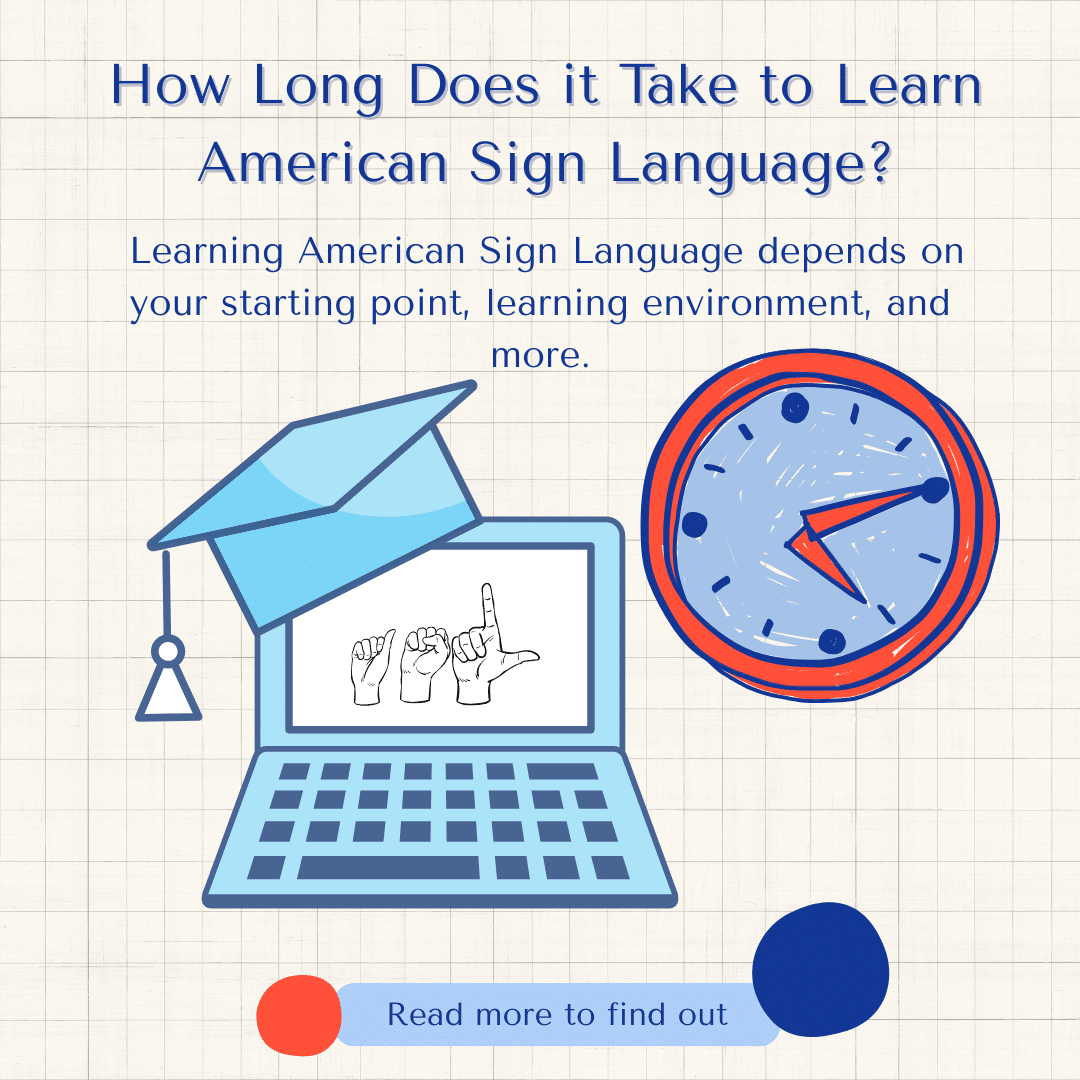


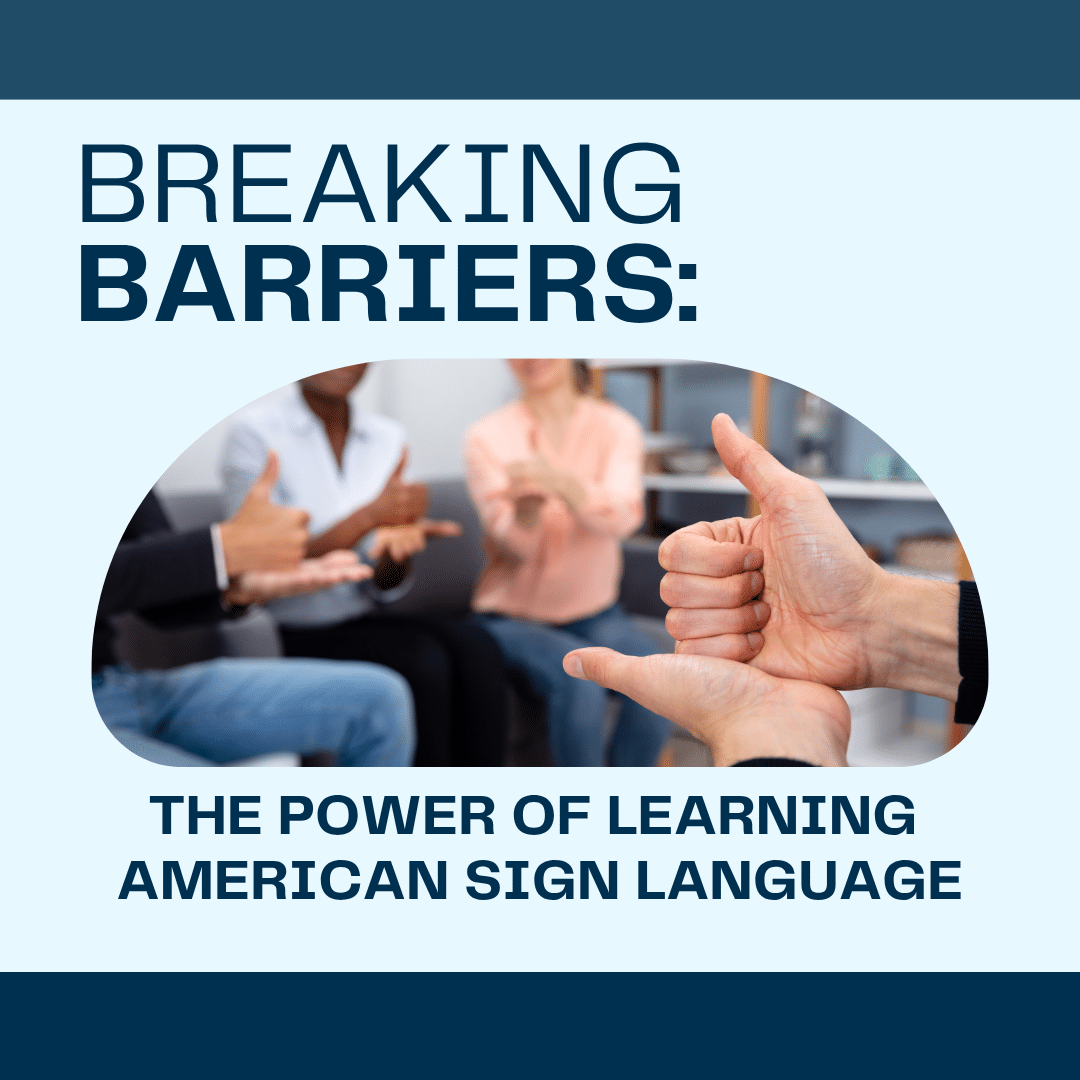



One Response
sad, but thank’s for posting this.